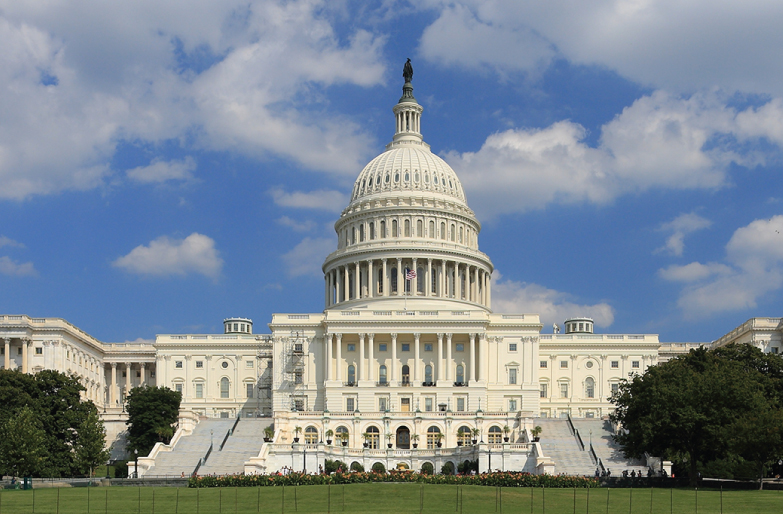
A new Congress was sworn in Jan. 7 once Rep. Kevin McCarthy was elected House speaker after multiple days of negotiations and 15 rounds of voting in the longest speaker contest in over 160 years. Here’s a look at today’s Congress and how it compares to those of the past.
The 2022 election saw all 435 House seats and 35 Senate seats up for grabs. About 112 million people voted. That equates to a turnout rate of 46.8%. About 55% of the votes were cast by mail.
The Democrats picked up one seat in the Senate, breaking what had been a 50-50 tie. (Technically, the Senate has 48 Democrats, 49 Republicans and three independents. All three independents caucus with the Democrats, giving them the majority.
In the House, Rep. Kevin McCarthy was elected the speaker on Jan. 7. He will preside over the chamber for the next two years. Speaker McCarthy swore in 74 freshman members after he was elected.
“As speaker of the House, my ultimate responsibility is not to my party, my conference, or even our Congress. My responsibility — our responsibility — is to our country,” McCarthy told the chamber.
Rep. Steve Scalise was elected majority leader. Rep. Hakeem Jeffries was elected minority leader, becoming the first Black person to lead a major political party in Congress.
In the news: U.S. Representative George Santos is the first openly gay Republican to win a House seat in Congress. The embattled freshman congressman has faced calls from fellow New York Republicans to step down over fabrications about his career and history. He is denying claims that he was drag queen in Brazil pageants, associates say.
* A special election is scheduled for Feb. 21 after a member died.
Sources: U.S. Senate, House of Representatives, The Pew Research Center, U.S. Senate, Center for American Women and Politics at Rutgers University, The Library of Congress, Govpredict.com, Historical Records SurveyTop photo: The Associated Press
